Picture a typical Monday morning at your school: long queues of parents waiting to pay fees, bursars juggling piles of cash, and frustrated staff trying to reconcile payments before first break. For many South African schools, managing payments is still slow, manual, and prone to errors.
But what if there was a simpler, safer, and more affordable way to collect payments without cash handling, expensive hardware, or complex banking setups?
Enter QR codes — a mobile-first, low-cost payment solution that’s reshaping how schools handle transactions. They are also one of the most cost-effective cashless payment systems for South African schools, making them an attractive option for fees, tuckshops, and events. With internet penetration nearing 79% of the South African population, and mobile connections exceeding the total population, QR codes align perfectly with the country’s mobile-first habits, making them a natural fit for school payments.
In this guide, we’ll explore what QR codes are, why they’re an ideal fit for schools, how they compare to other payment methods such as cards and apps, and the practical steps to implement them successfully. We’ll also highlight why QR codes are gaining traction in South African schools and how they can deliver measurable benefits when implemented effectively.
Whether you’re a school bursar, principal, or IT coordinator, by the end of this guide, you’ll have insights to confidently introduce QR codes to your payment ecosystem.
Table of Contents
What Are QR Codes?
QR (Quick Response) codes are two-dimensional barcodes that store a wide range of information — from website URLs and payment details to digital tickets and Wi-Fi credentials. First developed in Japan in 1994 by DENSO WAVE to track automotive parts, QR codes have evolved into a globally recognised method for instant, contactless data transfer. When scanned using a smartphone camera or QR-enabled payment app, the code can trigger a specific action such as opening a payment portal, displaying information, or confirming a transaction. Unlike traditional barcodes, QR codes can store thousands of characters and are easily generated using free online tools.
For schools, the application is straightforward yet highly impactful. A QR code embedded on a fee statement, emailed invoice, or printed fundraising flyer can take parents directly to a secure payment page. From there, they can complete their transaction using mobile banking, card-linked wallets, or popular South African payment platforms such as SnapScan, Zapper, and Masterpass. This process removes the need for cash handling, reduces administrative bottlenecks, and provides an instant digital record of the payment — a major advantage during audits or financial reporting.
Example:
A school issues a termly fee statement via email. The statement contains a unique QR code linked to that specific student’s account. When scanned, the QR code opens a secure payment page with the amount already filled in, reducing the risk of transfer errors and speeding up the payment process.
Why QR Codes Are a Game-Changer for Schools
QR codes are gaining traction in South African schools because they perfectly align with the country’s mobile-first economy. With internet penetration now at nearly 79% of the population and mobile connections exceeding the total population, most parents already have the technology needed to make QR-based payments without additional devices or downloads.
Here’s why they stand out:
1. Cost-Effective and Scalable
QR codes remove the need for hardware like card readers or POS terminals, keeping setup costs low and rollouts fast. At most, schools may only require minimal hardware, such as a printer or display screen. Codes can then be generated via secure platforms like Eezipay and shared on fee statements, WhatsApp, email, or printed flyers, making them easy to distribute and scale. QR payment processing fees can be more cost-effective than traditional card payments, depending on the provider and plan, and codes can be created for individual learners, specific events, or entire departments—making them highly scalable across the school.
2. Enhanced Security
Handling cash comes with risks such as theft, loss, and human error, while card payments can be vulnerable to skimming. QR codes help reduce these risks by automating transactions. Payments made through QR codes are processed by secure banking and payment apps that use encryption and tokenisation to protect sensitive information.
3. Parent-Friendly Experience
Parents can simply scan, confirm, and pay using familiar apps (e.g., SnapScan, Zapper, bank apps) or mobile banking. There’s no need to queue at the bursar’s office, carry cash, or type EFT references. Payments take seconds, can be done anywhere, and confirmation is instant; thus, schools often see faster payment turnaround and fewer late accounts.
4. Streamlined Reconciliation
Each payment is tied directly to the student, grade, or fund. That means finance teams can view transactions in real-time and integrate them automatically into Ed-admin or SA-SAMS, cutting down on manual matching and speeding up audit workflows.
5. Inclusivity
QR codes work on virtually any smartphone and don’t require a specific bank card. Parents can pay via banking apps, wallets, or supported mobile money services, broadening access for families who may not have traditional card facilities. This helps urban and rural schools alike move away from cash without excluding anyone.
QR Codes vs. Cards vs. Apps: A Quick Comparison
To understand how QR codes stack up against other popular cashless payment methods in schools, here’s a side-by-side comparison.
| Feature | QR Codes | Cards | Mobile Apps |
| Cost | Low (minimal hardware required | Medium (card readers, fees) | High (app development, maintenance) |
| Accessibility | High (works on any smartphone) | Medium (requires card reader) | Medium (requires app download) |
| Security | High (encrypted, tokenised) | Medium (risk of skimming) | High (biometric/F2A options) |
| Adoption Speed | Fast (no training needed) | Slow (setup required) | Moderate (dependent on uptake) |
For a deeper analysis, explore our detailed guide: QR vs Card vs App: What’s the Best School Payment Method in 2025?
Implementing QR Codes: A Step-by-Step Guide
Introducing QR codes into your school’s financial ecosystem requires planning, communication, and gradual rollout. Below is a structured approach to ensure smooth adoption.
Step 1: Assess Your School’s Needs
- Identify pain points: Are parents struggling with long queues? Is reconciliation taking hours?
- Map payment use cases: fees, tuckshop, uniforms, trips, donations, aftercare
- Survey parents: Gauge their preferred payment methods (e.g., mobile banking vs. apps).
- Budget: Compare the costs of QR solutions versus existing systems.
Step 2: Choose a Reliable Provider
Partner with a platform that offers:
- Customisable QR codes for fees, uniforms, trips, or fundraising.
- Integration with school management systems (e.g., Ed-admin) supports payment gateway integrations to streamline reconciliation and reporting.
- Compliance with POPIA for learner/parent data, and confirm that your payment provider meets its regulatory obligations (e.g., FICA, PCI DSS, where applicable)
- Real-time reconciliation dashboards and exportable repor
Tip: Ask providers for references from other schools.
Step 3: Educate Stakeholders
- Staff Training: Host workshops for bursars and IT teams.
- Parent Communication: Use WhatsApp groups, emails, and parent evenings to explain QR payments. Include step-by-step guides in local languages.
- Learner Involvement: Older students can help parents navigate the process.
- Support Information: Add quick answers and support info to your website or portal.
Step 4: Pilot the System
- Start with a small group (e.g., sports fees or uniforms) and a clear timeline.
- Track adoption rate, scan failures, payment speed, and exceptions.
- Technical glitches (e.g., broken QR links).
- Gather feedback from parents and staff via a short survey.
Step 5: Scale and Optimise
- Extend QR payments to fees, tuckshop, trips, fundraising, and stationery.
- Use analytics to spot bottlenecks by grade/payment type and fix them quickly.
- Automate reminders with embedded QR links for overdue/instalment plans.
- Offer small incentives (e.g., early-payment discount via QR).
Step 6: Review and Improve
- Conduct quarterly reviews with your team to assess performance and updates.
- Refresh staff/parent training and update comms materials as needed.
- Audit reconciliation accuracy; export reports for bursars and auditors.
- Maintain a contingency plan (offline instructions, backup links/pages).
The Future of QR Codes in South African Schools
QR codes are no longer just a quick fix for retail payments — they’re becoming a cornerstone of school payment strategies across South Africa. Their low cost, ease of use, and seamless integration with existing systems make them especially appealing to schools wanting to modernise without overspending.
According to industry analyses, QR payments are well-established in South Africa and poised for further growth alongside instant-payment rails, with the local QR market projected to grow at approximately 19.4% compound annual growth rate (CAGR) through 2033. Policy direction also supports digitisation: the SARB’s Digital Payments Roadmap explicitly calls out school service payments such as tuckshops as a priority for moving away from cash.
As we look ahead, here are the emerging trends to watch — innovations that could shape how schools leverage QR payments in the near future:
Emerging Trends
As QR technology continues to evolve, here are four trends shaping its future in the South African school ecosystem:
- AI-Driven Payment Reminders: AI could eventually power systems that generate QR codes dynamically—adjusting instalment amounts, applying discounts, or handling late fees. While still in the conceptual stage for schools, research shows AI frameworks for QR security and responsiveness are advancing.
- Blockchain for Audit Trails: Blockchain in education is being explored to secure credentials and audit trails. Its use in school-level payment systems remains conceptual but offers strong potential for tamper-proof records.
- Integration with National Systems: Future QR solutions may integrate more closely with government databases, such as SA-SAMS, enabling faster reconciliation and reporting for schools.
- Offline Payment Capabilities: In areas with poor connectivity, offline-first QR systems—where transactions are stored locally and synced once online—are already being piloted in markets across Africa and Europe, for example, DigiTally in Kenya and innovations like Net1/UEPS smart card payments in South Africa. These precedents suggest offline-capable QR could soon benefit schools in rural and peri-urban areas.
By keeping an eye on these innovations, schools can prepare for a future where QR codes not only simplify fee collection but also support smarter, more transparent financial ecosystems.
Why QR Codes Are the Smart Move for Schools in 2025
QR codes are proving to be more than just a convenient payment option; they are a cost-effective, secure, and accessible solution that simplifies financial transactions for schools, parents, and administrators alike. They ease the burden of cash handling, speed up reconciliation, and work across diverse families regardless of banking access.
In South Africa, where mobile adoption is high and schools require efficient and transparent payment systems, QR codes tick all the right boxes. With the right provider, proper integration, and clear stakeholder communication, schools can make fee collection and payments faster, safer, and easier for everyone.
As schools prepare for the future, QR payments pave the way for innovations such as AI-driven reminders, blockchain audit trails, and offline-first solutions, ensuring the system adapts to the needs of learners and parents.
Key takeaways from this guide:
- QR codes are low-cost, scalable, and simple to deploy across multiple payment types.
- They improve security by reducing cash handling and encrypting transactions.
- Parents find them convenient and familiar, which boosts adoption rates.
- Integration with school management systems streamlines reconciliation and reporting.
- Emerging technologies such as AI-driven reminders, blockchain audit trails, and offline-first solutions could further enhance their value in the future.
Next, explore our comparison guide to see where QR codes stand against other payment methods: QR vs Card vs App: What’s the Best School Payment Method in 2025?
Take the Next Step with Eezipay
Eezipay specialises in secure, user-friendly QR solutions designed for South African schools. Book a free demo today to see how we can transform your payment processes. Contact us or download our eBook, The Ultimate Guide to Cashless Schools, to kickstart your journey.
At Eezipay, we specialise in helping South African schools implement secure, parent-friendly QR code payment solutions. Whether you want to replace your current system entirely or simply add QR payments as an extra option, our team can design a plan tailored to your needs.
Here’s how we can help you transform your school payments:
✔️ Customisable QR codes for fees, uniforms, trips, or fundraising
✔️ Real-time reconciliation and automated reporting.
✔️ Dedicated support to train staff and parents.
✔️ Integration with leading school management systems
Ready to simplify your school’s payments?. Book a free demo today to see how we can transform your payment processes. Contact us or download our eBook, The Ultimate Guide to Cashless Schools and kickstart your journey.

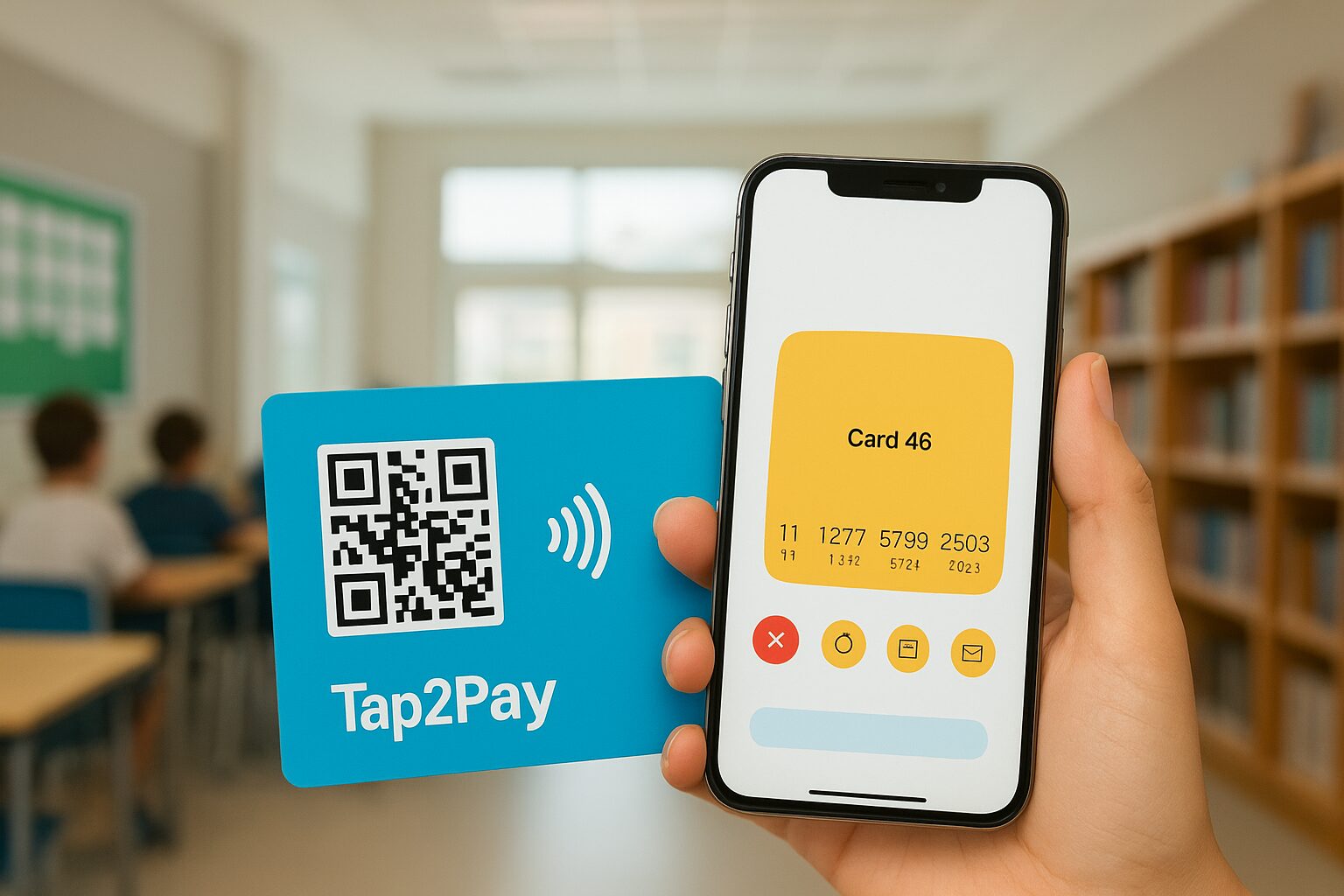
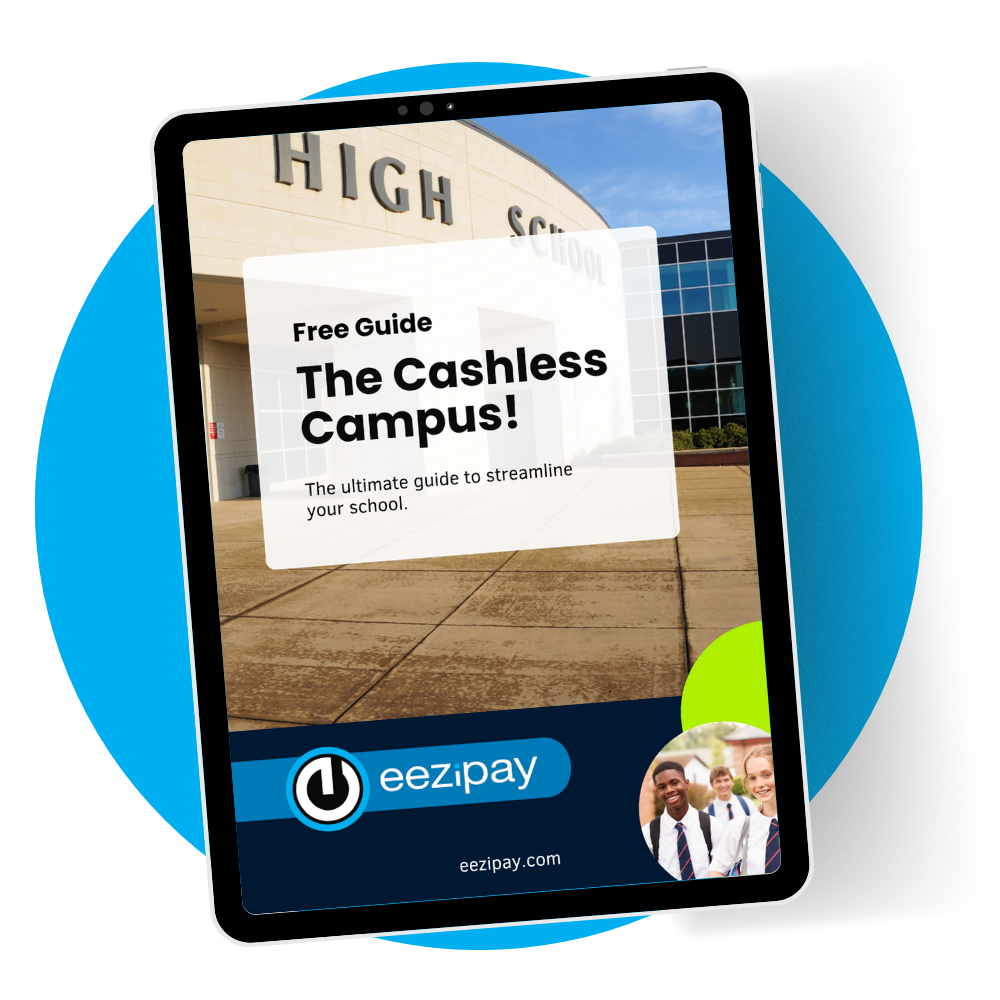

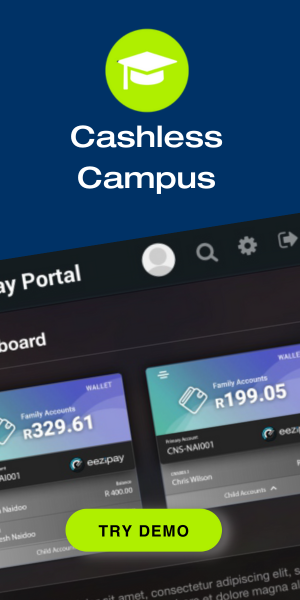
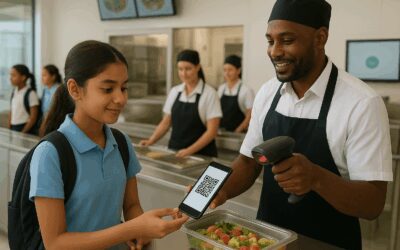
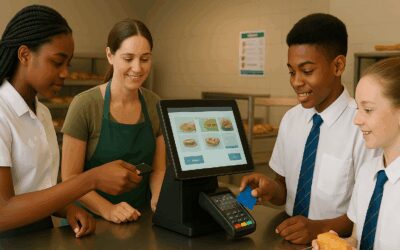
![How QR Code Payments Are Powering a Brighter Future for Universities [2025]](https://eezipay.com/wp-content/smush-webp/2025/05/QR-Codes-Payments-For-Universities-400x250.png.webp)
